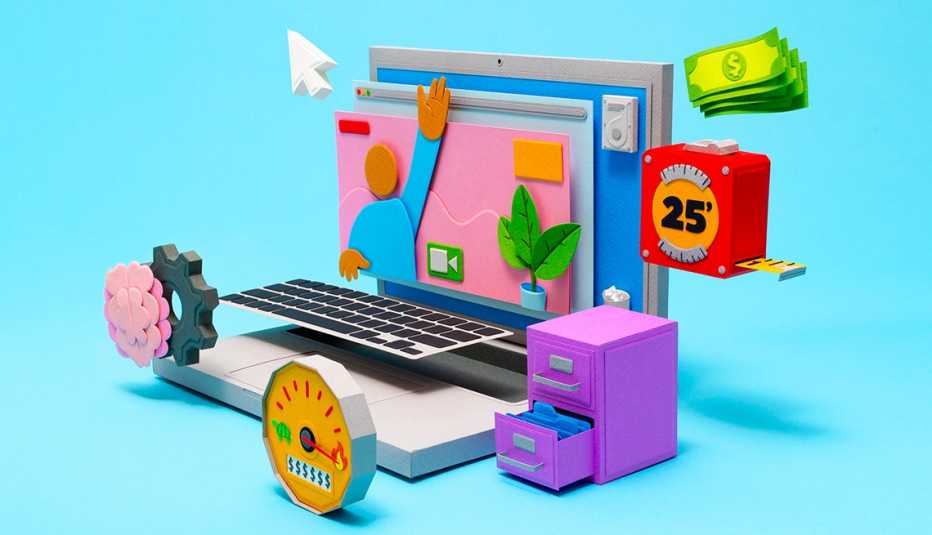AARP Hearing Center


Hunkering down at home during the coronavirus pandemic has taught us this: Personal computers are absolutely essential, helping us to communicate with family, keep up on events, do our shopping, pay our bills, be creative and manage so many other aspects of daily life.
“This past year we’ve seen so many people having to buy computers because now everybody in the household needs their own. You can’t share a family one anymore,” says Dan Ackerman, senior managing editor at technology website CNet.
But if you haven’t bought one in three or more years, computers have changed quite a bit. Today’s machines are generally faster, more power-efficient, thinner and, in many cases, cheaper.
One thing that hasn’t changed is the jargon that can still baffle buyers without advanced degrees or a passion for technology. Here’s how to get the computer you need, without paying for what you don’t.
Processor speed
This is the master chip that drives your computer. Current Windows-based computers typically run 10th- or 11th-generation Intel chips. Look for the model number (examples: i5 or i7), then find the two digits immediately after that, preferably 10 or 11.
Device types
America has gone mobile, and so have computers. Laptops are the most popular type of computer today, followed by tablets. Together, portable devices account for about four-fifths of the worldwide market.
Those big desktop boxes of old are still available but are usually built for high-end users who need ultra-high-speed capability. You can also hook up a laptop to a monitor on your desk when you need a larger display. They, too, have dropped substantially in cost; great monitors can be had for $150 or less.
RAM
This is your computer’s short-term memory — essentially, its operating workspace. The more RAM, the more programs or browser tabs you can have open and running smoothly at the same time and the fewer freeze-ups on your monitor. Experts recommend at least 8 gigabytes (GB) of RAM, though cloud-based Chromebooks can work well with just 4GB, CNet’s Ackerman says.
Cable connecters or go wireless
Those USB, power-cable and monitor connections you’ve become used to? Mostly gone.
The new industry standard for connecting power-drawing accessories is the smaller USB-C. It can be used for anything. The downside is that you may need an adapter to plug in older devices or accessories.

































































More on home-family
Programs Can Help Older Adults Get or Upgrade Computers, Internet Access
Age, low income combine to keep significant numbers from going online
How Fast Does Your Internet Need To Be to Stream Video?
Number of devices, their uses are part of the equation
Improve Your Work-at-Home Computer Setup
A laptop alone may not be the most comfortable for an 8-hour workday